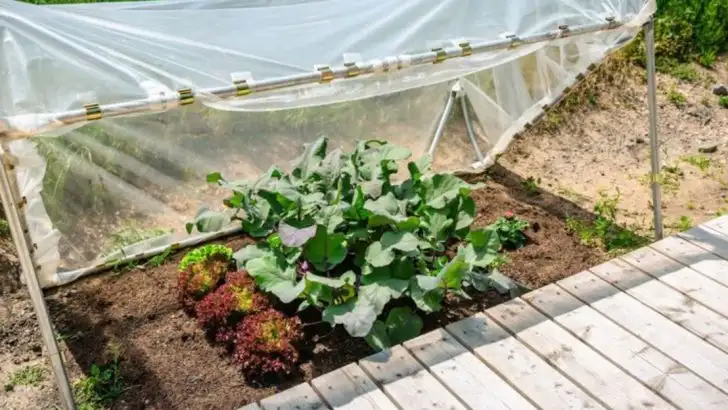The Midwest’s unpredictable temperature swings can make gardening feel like a constant battle. One day it’s warm and sunny, and the next, a cold snap threatens to wipe out your delicate plants. These rapid shifts can stress roots, stunt growth, and even kill off fragile blooms if you’re not prepared.
Fortunately, there are proven strategies to help plants withstand these dramatic changes. From mulching techniques that regulate soil temperature to choosing resilient plant varieties, small adjustments can make a big difference. This guide covers 15 essential ways to protect your garden from extreme highs and sudden lows, ensuring your plants stay healthy and thriving no matter what the Midwest throws at them.
Mulching Techniques
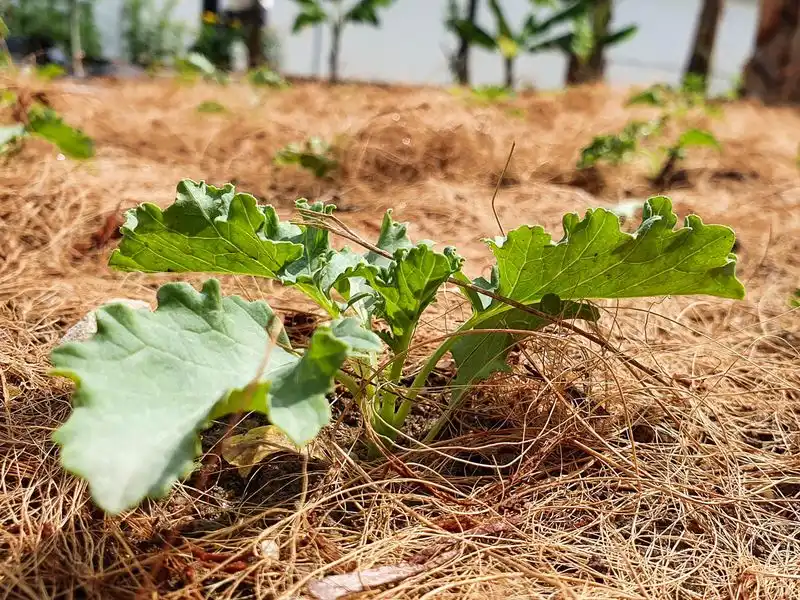
Applying a thick layer of mulch around plants acts as a protective blanket. It insulates the soil, helping to maintain a consistent temperature by trapping warmth during cold snaps and keeping roots cool when the mercury rises. In addition to temperature regulation, mulch also retains moisture, preventing dehydration during hot, dry spells. Organic mulches like straw or wood chips decompose over time, enriching the soil with nutrients. Regularly inspect and refresh the mulch layer to ensure its effectiveness. With minimal effort, this practice supports a stable microenvironment, benefiting both plants and soil health throughout the year.
Using Row Covers
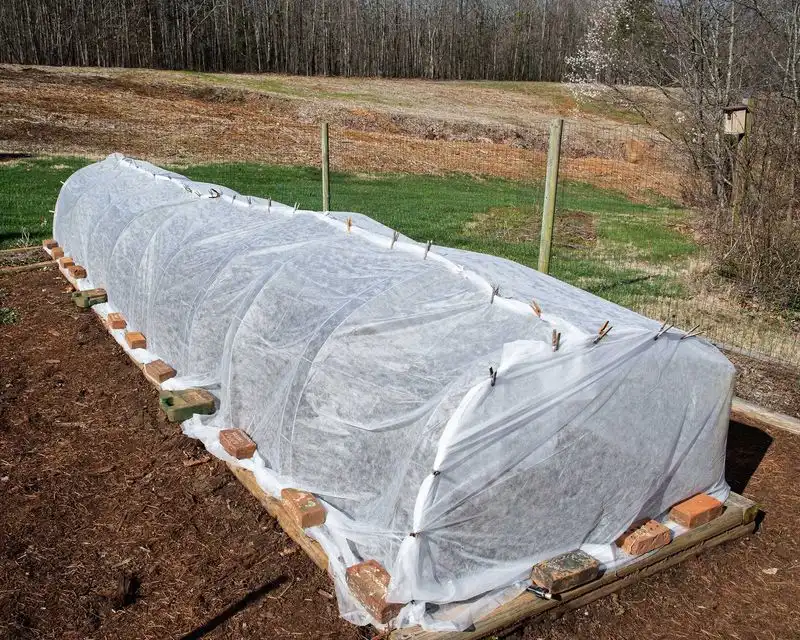
Row covers provide an easy and effective way to shield plants from the elements. These lightweight fabrics trap heat and protect against frost, while still allowing light and water to penetrate. They are particularly useful during the transition between seasons, when unpredictable weather can wreak havoc on tender shoots. Installing row covers is a simple task, requiring only a few garden staples or rocks to secure them in place. By creating a barrier against temperature extremes, row covers help maintain optimal growing conditions, ensuring your plants remain vigorous and healthy through fluctuating climates.
Building Cold Frames
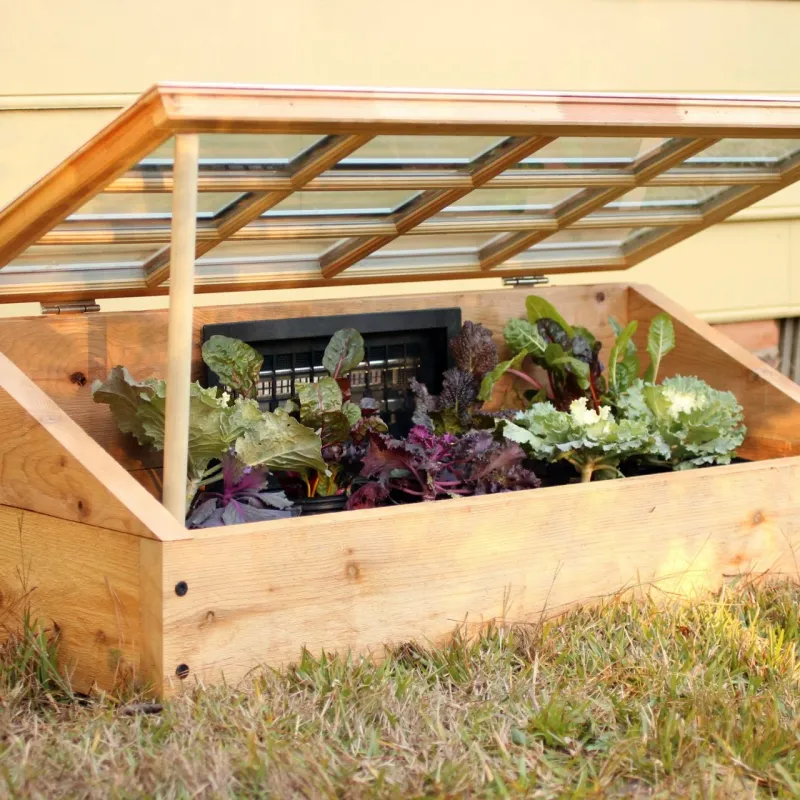
Cold frames are essentially mini-greenhouses that offer a controlled environment for sensitive plants. Constructed from materials like old windows or clear plastic, they trap solar energy, providing warmth even when the outside temperature plummets. This makes them ideal for extending the growing season and protecting seedlings from early frosts. Ventilation is key, so ensure your cold frame can be easily opened to prevent overheating on sunny days. By investing in this simple structure, gardeners create a haven for plants, balancing protection with necessary exposure to natural elements.
Heat Mats for Seedlings
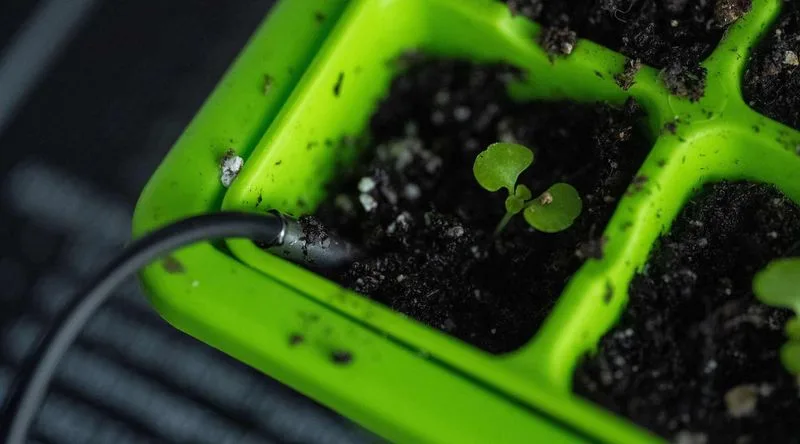
For indoor seed starting, heat mats are a game-changer. Placed beneath seedling trays, they provide consistent warmth, mirroring the ideal conditions of springtime soil. This encourages faster germination and robust growth, giving young plants a head start before transplanting outdoors. Heat mats are especially beneficial in the Midwest, where late frosts can delay planting schedules. Adjusting the thermostat and monitoring soil moisture will optimize conditions further. Through this method, gardeners can ensure that seedlings emerge strong and ready to face the variable outdoor environment when the time comes.
Watering Smartly

Efficient watering practices are crucial in safeguarding plants against temperature stress. Overwatering or underwatering can amplify the effects of temperature swings. Automated drip irrigation systems deliver water directly to the root zone, reducing evaporation and ensuring moisture reaches where it’s needed most. Timing is also critical; watering early in the morning reduces the risk of fungal diseases and maximizes absorption before the day’s heat intensifies. By monitoring soil moisture levels and adjusting your watering schedule accordingly, you can promote resilient plant growth despite erratic weather conditions.
Selecting Hardy Varieties

Choosing plants that are naturally adapted to withstand temperature fluctuations can make a significant difference. Hardy varieties are bred to endure extremes, reducing the need for constant intervention. Look for species with traits like drought tolerance and frost resistance, often indicated on nursery labels. These plants are typically more resilient, requiring less maintenance while offering the same beauty and yield. By incorporating hardy varieties into your landscape, you create a garden that thrives with minimal input, even when the weather is unpredictable. This strategic selection ensures long-term success in the Midwest climate.
Creating Windbreaks
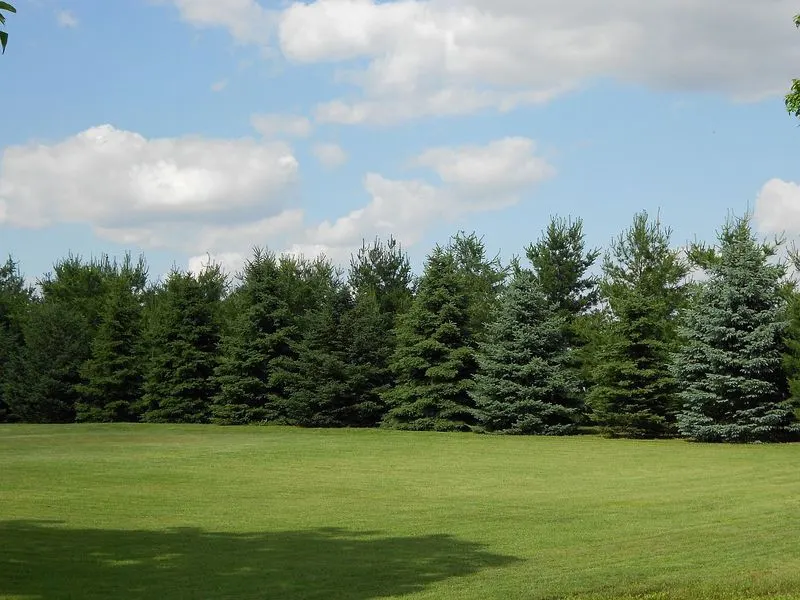
Windbreaks are natural barriers that protect plants from harsh winds, which can exacerbate temperature effects. By planting rows of trees or shrubs, you minimize wind exposure, reducing transpiration and preventing soil erosion. This not only aids in temperature regulation but also enhances habitat diversity and aesthetic appeal. Position your windbreaks perpendicular to prevailing winds for maximum effectiveness. As these plants mature, they offer increasing protection, creating a more stable microclimate for your garden. This eco-friendly method supports plant health and fosters a balanced ecosystem over time.
Soil Amendments
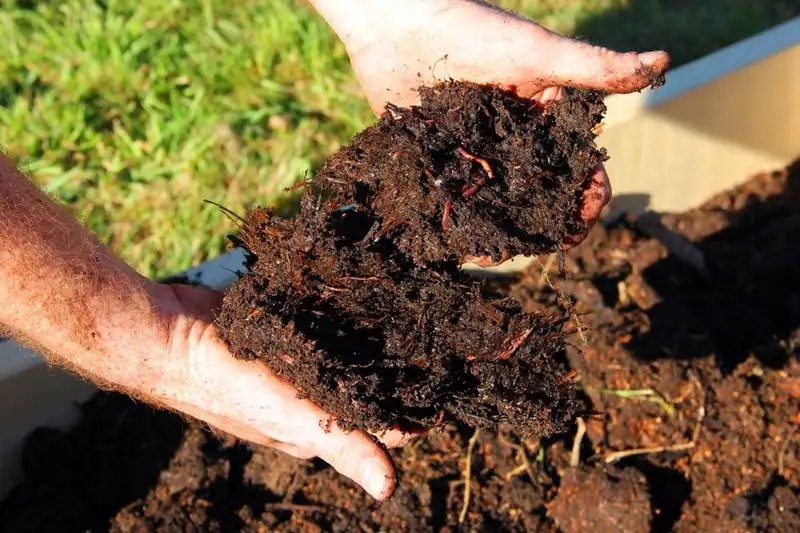
Improving soil structure can mitigate the impact of temperature swings. Amendments like compost or well-rotted manure enhance soil fertility and water retention, buffering roots against temperature extremes. These organic materials also promote beneficial microbial activity, supporting plant resilience. Regularly testing soil composition helps identify deficiencies and tailor amendment applications accordingly. By investing in soil health, gardeners create an environment where plants can thrive naturally, even as external conditions fluctuate. This foundational strategy supports vigorous growth and robust plant life, ensuring a successful gardening season.
Using Shade Cloths
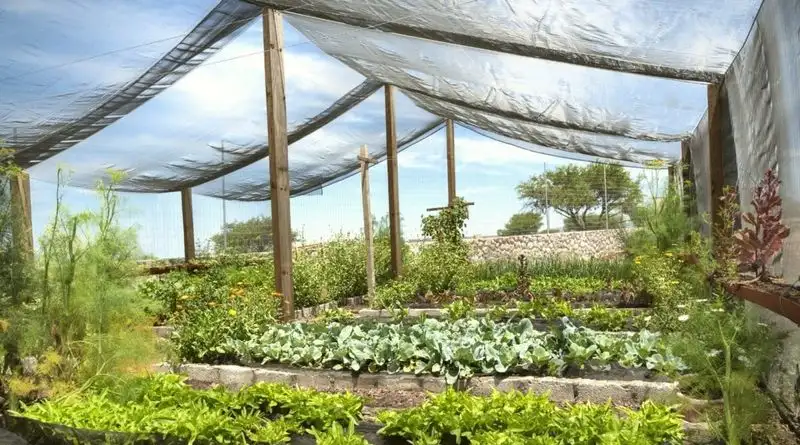
Shade cloths offer a versatile solution to protect plants from intense sunlight and heat. By filtering the sun’s rays, they prevent leaf scorch and reduce water loss, particularly during peak summer months. These cloths are available in various densities, allowing gardeners to customize coverage based on specific needs. Installing shade cloths is straightforward, often requiring just a few poles or frames. By providing this adjustable shading, you can maintain optimal growing conditions, shielding plants from the stress of excessive heat and light exposure. This proactive approach ensures your garden remains vibrant and productive.
Implementing Polytunnels
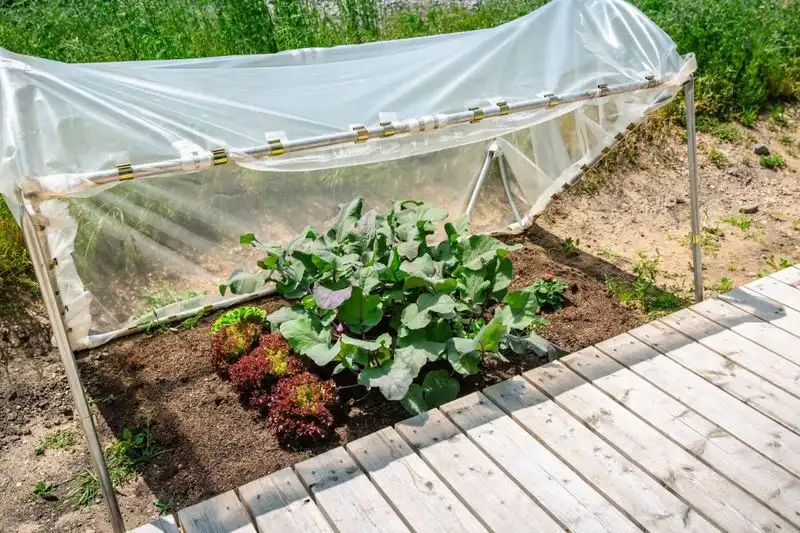
Polytunnels function as large protective covers, offering a buffer against temperature extremes. These structures are particularly valuable for extending growing seasons, allowing for earlier planting and later harvesting. Made from durable plastic, polytunnels trap heat and shield plants from wind and frost, creating a stable environment. Ventilation is crucial to prevent overheating, so ensure easy access for airflow. With this extended protection, gardeners can cultivate a wider variety of crops, adapting to seasonal shifts with ease. Polytunnels represent a significant investment in plant health and productivity.
Frost Blankets
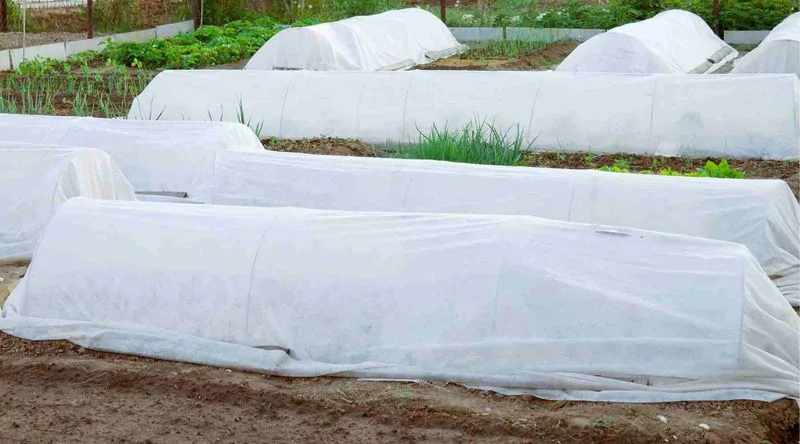
Frost blankets serve as a crucial tool in protecting plants from unexpected cold spells. Made from lightweight materials, these blankets trap warmth while allowing air and moisture to permeate. They are ideal for use during sudden frosts, providing immediate protection to vulnerable plants. Easily applied and removed, frost blankets offer flexibility in changing weather conditions. By having these on hand, gardeners can swiftly respond to temperature drops, ensuring plant survival and continued growth. This simple yet effective measure adds a layer of security to your gardening efforts in the Midwest.
Cloches for Individual Plants
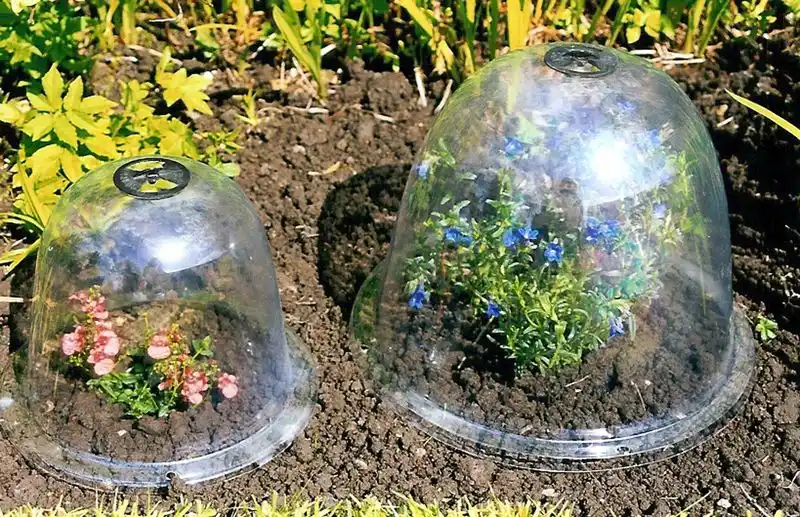
Cloches offer personalized protection for individual plants, acting as miniature greenhouses. These bell-shaped covers trap heat and moisture, creating a micro-environment that shields against harsh weather. Perfect for young or delicate plants, cloches can be made from glass or plastic. They are easily placed over plants and can be removed as needed, providing flexibility. This targeted approach allows for precise care, ensuring that each plant receives the protection it requires. By using cloches, gardeners can nurture plants through unpredictable weather patterns, promoting strong and healthy development.
Proper Pruning Techniques
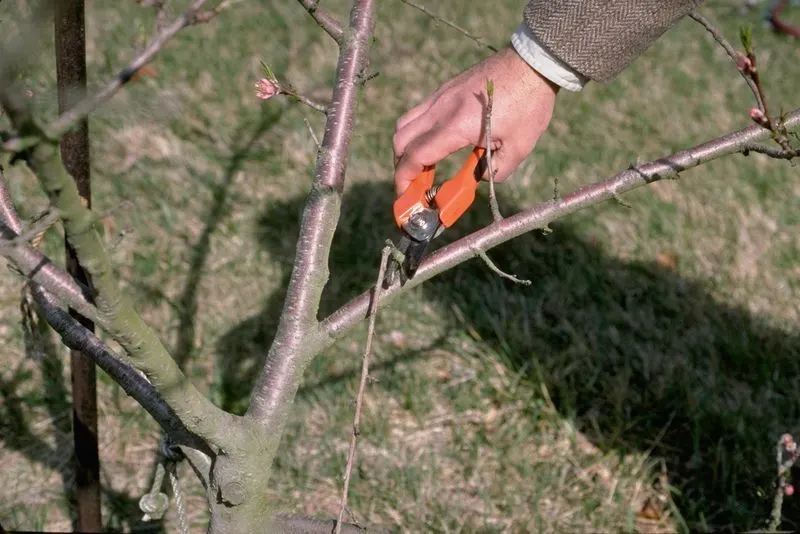
Pruning plays a vital role in plant health, especially in variable climates. By removing dead or diseased branches, you improve air circulation and reduce stress on the plant. Pruning also encourages new growth, making plants more robust and adaptable. Timing is key; avoid pruning just before a freeze, as new cuts can make plants vulnerable. Proper technique ensures that plants are well-structured, capable of withstanding both cold and heat. This care fosters resilience, allowing your garden to flourish even when faced with the Midwest’s unpredictable temperature swings.
Companion Planting

Companion planting involves strategically placing plants that benefit each other in close proximity. Certain combinations can offer mutual protection against pests, improve nutrient uptake, and enhance growth. For example, marigolds can deter pests, while legumes fix nitrogen, enriching the soil for neighboring plants. In the Midwest, this method also helps stabilize microclimates, as denser plantings can buffer temperature extremes. By selecting compatible species, gardeners create a synergistic environment where plants support each other’s health and productivity. This thoughtful approach leads to a more resilient and thriving garden.
Monitoring Weather Patterns
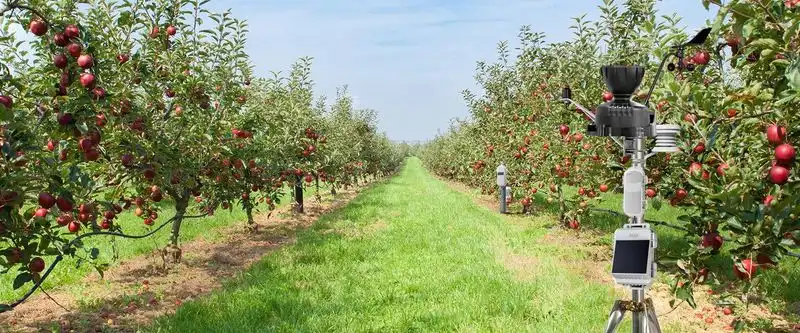
Staying informed about upcoming weather changes is crucial in protecting plants. By regularly monitoring local forecasts, gardeners can anticipate temperature swings and prepare accordingly. This might involve adjusting water schedules, applying frost protection, or moving potted plants indoors if needed. Technology offers numerous tools, from smartphone apps to dedicated weather stations, providing timely and accurate information. Armed with this knowledge, you can make proactive decisions that safeguard your plants against adverse conditions. This vigilance ensures that your garden remains healthy, adapting to the ever-changing Midwestern climate.

